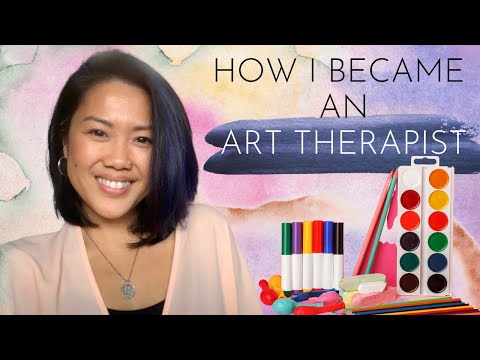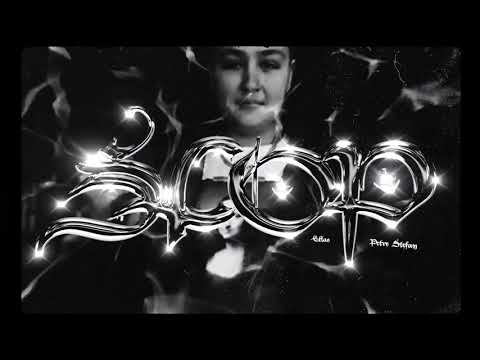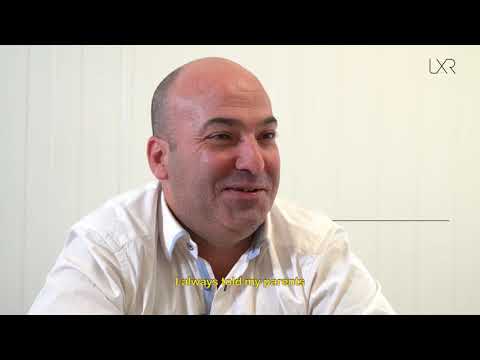Art therapist Job Description and Salary
Art therapist Job Description:
An art therapist is a trained professional who uses various art forms and creative techniques to help individuals express their emotions, improve their mental well-being, and enhance their overall quality of life. They work with people of all ages and backgrounds, including children, adolescents, adults, and elderly individuals.
Art therapists typically conduct individual or group therapy sessions, where they encourage clients to create art as a means of self-expression and self-discovery. They may use different mediums such as painting, drawing, sculpture, and collage to facilitate the therapeutic process. Through the art-making process, art therapists help clients explore their emotions, develop coping skills, and gain insights into their thoughts and feelings.
In addition to facilitating art therapy sessions, art therapists also assess clients’ needs, develop treatment plans, and maintain accurate records of their progress. They may collaborate with other healthcare professionals, such as psychologists, counselors, and social workers, to provide comprehensive care to clients.
Art therapist Salary:
The salary of an art therapist can vary depending on various factors such as experience, location, and work setting. On average, art therapists earn a median annual salary of around $50,000. However, entry-level art therapists may start with a lower salary, while those with extensive experience and advanced certifications can earn higher salaries.
Art therapists who work in private practice or have their own businesses may have more earning potential compared to those working in hospitals, schools, or non-profit organizations. Additionally, art therapists who have specialized training or work in high-demand areas may also command higher salaries.
Overall, art therapy can be a rewarding career both personally and professionally, allowing individuals to combine their passion for art with their desire to help others improve their mental health and well-being.

Art therapist Job Description Template
Art therapist Job Description
Art therapy is a specialized field that combines psychology and creativity to support individuals in their emotional, mental, and physical well-being. Art therapists use various art forms, such as painting, drawing, and sculpting, as a medium for self-expression and exploration. They work with diverse populations, including children, adolescents, adults, and the elderly, who may be experiencing a wide range of challenges, including trauma, mental health issues, or developmental disabilities.
Art therapists utilize their knowledge of human behavior and therapeutic techniques to facilitate healing and growth in their clients. They conduct assessments and develop individualized treatment plans based on their clients’ needs and goals. Through art-making and discussions, they help clients gain insights into their emotions, thoughts, and behaviors. Art therapists also provide a safe and non-judgmental environment where clients can freely express themselves and develop coping skills.
In addition to individual sessions, art therapists may lead group therapy sessions, where clients can share their experiences and learn from one another. They collaborate with other healthcare professionals, such as psychologists, counselors, and social workers, to provide comprehensive care to their clients. Documentation and progress tracking are also important aspects of an art therapist’s role.
Overall, art therapy promotes self-awareness, self-esteem, and personal growth. It provides individuals with a creative outlet to explore their emotions and find healing through the artistic process. Art therapists play a crucial role in helping individuals overcome challenges, develop coping strategies, and improve their overall well-being through art-based interventions.
Art therapist Responsibilities
- Assessing the emotional and psychological needs of clients
- Creating and implementing therapeutic art activities and interventions
- Facilitating individual and group art therapy sessions
- Providing a safe and supportive environment for clients to express themselves through art
- Encouraging clients to explore and process their feelings, thoughts, and experiences through art
- Documenting and evaluating clients’ progress and development in art therapy
- Collaborating with other healthcare professionals to develop and implement treatment plans
- Adapting art therapy techniques to meet the specific needs and abilities of clients
- Providing guidance and support to clients in understanding and interpreting their artwork
- Ensuring confidentiality and ethical practice in the art therapy process
Art therapist Requirements
- Obtain a bachelor’s degree in psychology, art therapy, or a related field
- Complete a master’s degree in art therapy, which typically includes coursework and supervised clinical experience
- Complete an internship or practicum in art therapy, typically lasting several hundred hours
- Obtain licensure or certification as an art therapist, which may require passing a national exam and fulfilling specific state requirements
- Continuing education and professional development to maintain licensure and stay current in the field
- Strong artistic skills and knowledge of various art forms and techniques
- Excellent communication and interpersonal skills to effectively work with individuals or groups
- Empathy and understanding of psychological and emotional processes
- Knowledge of human development, psychology, and counseling theories
- Awareness of ethical guidelines and professional standards in art therapy
Art therapist Salary
How much does a Art therapist make?
| Country | Average Salary (USD) |
|---|---|
| United States | 50,000 |
| United Kingdom | 40,000 |
| Australia | 55,000 |
| Canada | 45,000 |
An art therapist’s salary can vary depending on the country they work in. In the United States, the average salary for an art therapist is around $50,000 per year. In the United Kingdom, it is approximately £40,000, while in Australia, it is around AUD 55,000. In Canada, the average salary for an art therapist is about CAD 45,000. These figures are just averages and can differ based on factors such as experience, qualifications, and the specific setting in which the art therapist works.
Art therapist Salaries by Country
Top Paying Countries for Art Therapist
| Country | Average Salary (USD) |
|---|---|
| United States | $58,770 |
| Australia | $56,000 |
| Canada | $48,000 |
| United Kingdom | $40,000 |
| Germany | $39,000 |
An art therapist’s salary varies significantly depending on the country they work in. According to the data, the top paying countries for art therapists are the United States with an average salary of $58,770, followed by Australia with $56,000, and Canada with $48,000. The United Kingdom and Germany also offer competitive salaries for art therapists, with average earnings of $40,000 and $39,000, respectively. It is important to note that these figures are approximate and can vary based on factors such as experience, qualifications, and location within each country. Art therapy is a rewarding profession that combines the healing power of art with psychological support, and these top paying countries provide attractive opportunities for professionals in this field.
A video on the topic Art therapist
Interview Questions for Art therapist
1. What is art therapy?
Art therapy is a form of therapy that uses the creative process of making art to improve mental, emotional, and physical well-being. It combines psychology and art to help individuals express their thoughts, emotions, and experiences.
2. What qualifications do you need to become an art therapist?
To become an art therapist, one typically needs a master’s degree in art therapy or a related field. Additionally, they must complete supervised clinical hours and obtain licensure or certification, depending on the country or state they practice in.
3. How does art therapy help individuals?
Art therapy helps individuals by providing a non-verbal and creative outlet to express and communicate their thoughts and feelings. It can promote self-discovery, self-expression, stress relief, emotional healing, and personal growth.
4. What populations can benefit from art therapy?
Art therapy can benefit people of all ages and backgrounds. It is commonly used with children, adolescents, adults, and older adults who may be experiencing various mental health conditions, trauma, grief, or other life challenges.
5. What art techniques or mediums are commonly used in art therapy?
Common art techniques and mediums used in art therapy include drawing, painting, sculpting, collage-making, and various forms of mixed media. The choice of technique or medium depends on the individual’s preferences, needs, and therapeutic goals.
6. How does art therapy differ from traditional talk therapy?
Art therapy differs from traditional talk therapy as it allows individuals to express themselves visually rather than solely relying on verbal communication. It can access and explore unconscious thoughts and emotions that may not easily be expressed through words.
7. Can someone benefit from art therapy even if they have no artistic skills?
Absolutely! Art therapy is not about creating “good” or “skilled” artwork. It is focused on the process of creating and the emotional and psychological benefits it brings. No artistic skills are necessary to benefit from art therapy.
8. How do you establish a therapeutic relationship with your clients?
Establishing a therapeutic relationship involves building trust, empathy, and a safe environment for clients to express themselves. Active listening, showing genuine interest, and being non-judgmental are important aspects of developing this relationship.
9. How do you measure the effectiveness of art therapy?
The effectiveness of art therapy is measured through various methods, including client feedback, observation of changes in behavior or mood, and pre and post-assessments of specific therapeutic goals. It is a subjective process that varies for each individual.
10. Can art therapy be used as a standalone treatment or is it typically combined with other forms of therapy?
Art therapy can be used as a standalone treatment or in conjunction with other forms of therapy, depending on the individual’s needs and the therapist’s approach. It can complement talk therapy, cognitive behavioral therapy, or other forms of psychotherapy.
The Best Universities For The Art therapist Profession.
- Lesley University
- New York University
- Naropa University
- Adler University
- Florida State University
- George Washington University
- Columbia University
- Loyola Marymount University
- Antioch University Seattle
- Pratt Institute






